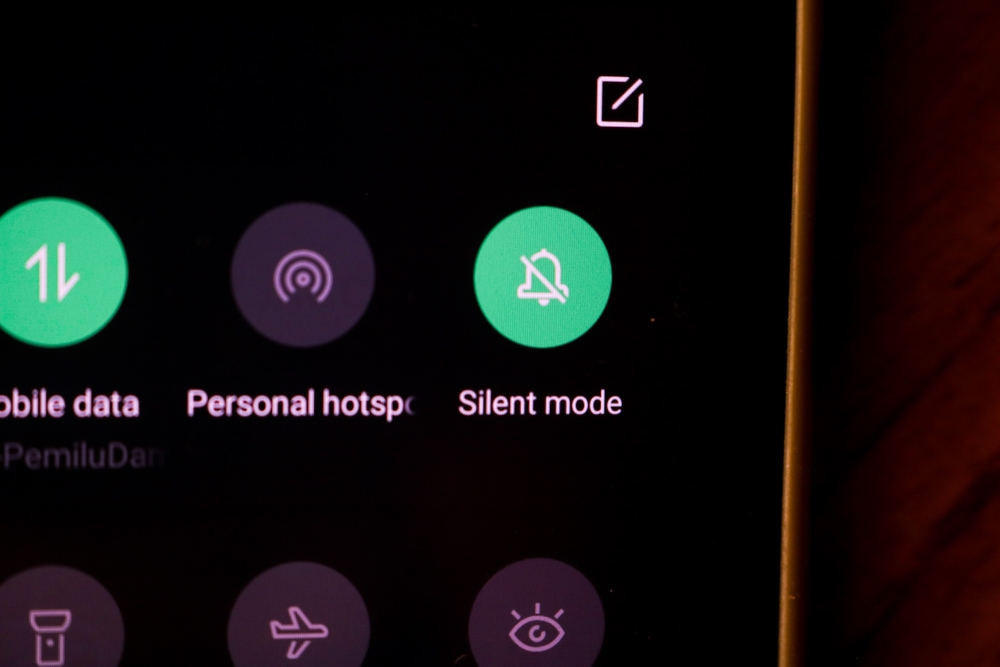It’s hard to deny the collective exhaustion settling over the United States. The past several years have felt like an emotional gauntlet: a relentless cycle of mass shootings, deep political unrest, crushing economic pressures, and increasingly stark social divides. For many, the constant weight of these crises has become more than simple stress; it’s a feeling of being perpetually overwhelmed, as if the nation itself is running on fumes.
To understand this widespread, profound fatigue, a useful lens is the concept of “national trauma.” Experts, including therapists and psychologists, have increasingly turned to this term to describe the psychological flooding of a society under chronic duress. In a recent piece she wrote for HuffPost, therapist Sava Lurie described this phenomenon, highlighting how chronic exposure to distressing news leaves us psychologically overwhelmed. It’s a term that feels apt – beyond individual burnout, there’s something deeper happening to our collective sense of reality.
What Is ‘National Trauma’?

Simply put, national trauma is a catastrophic event or prolonged series of stressors experienced not just by individuals, but by a whole society or large group. It’s the shared, pervasive psychological wound inflicted by events like the COVID-19 pandemic, economic collapses, or the continuous loop of horrific news events. This national trauma is something that the whole group shares – regardless of where on the political spectrum they stand.
The defining difference today is how this trauma is amplified. Modern media and the constant news cycle act as a perpetual trauma trigger, turning the collective experience into an unceasing event. Studies and expert commentary on media overload show how this creates secondary trauma or vicarious trauma. We don’t have to be direct victims of an event to suffer its effects; simply watching a video, reading a detailed report, or viewing social media commentary floods the system. It is important to note here that the brain doesn’t distinguish well between direct and indirect exposure. Seeing images of a crisis on your phone can activate the same stress responses as if you were physically present.
How National Trauma Affects Us Physically and Emotionally

Living under the cloud of national trauma takes a serious toll on the body and mind. It manifests in common, yet debilitating, symptoms:
- Physical: Chronic fatigue, persistent muscle tension, and difficulty sleeping.
- Emotional: Heightened anxiety, constant irritability, emotional numbness or a sense of detachment.
- Cognitive: Difficult concentrating, poor memory, and a feeling of being mentally scattered or all over the place.
This state is a direct result of the body’s ancient survival mechanism: the “fight or flight” response. This system is designed for short bursts of acute danger, not chronic exposure to distress. When constant negative news keeps this alarm system activated – the political turmoil, the violence, the climate change warnings – our stress hormones (like cortisol) stay high. This sustained activation leads to system overload, burnout, and is linked to secondary data showing a rise in mental health concerns and conditions related to chronic media exposure.
Why This Is Different From Past Generations

While past generations certainly faced hardships – wars, depressions, and social upheaval – the environment for processing that information was fundamentally different. In the past, news consumption was often scheduled: a morning newspaper, an evening broadcast/ There was a natural pause. Today, however, we exist in a 24/7 social media and news environment. Information is instant, graphic, and global. It is essentially impossible to truly unplug.
What’s more, algorithms are designed to keep people engaged. They often do this by prioritizing emotionally charged, polarizing, or sensational content. This means we are constantly fed the most stressful news possible, amplifying fear and outrage. This digital hyper-connection is paradoxically combined with increasing social isolation and fragmented communities. When people feel alone and disconnected from their neighbors, the national trauma hits harder, adding to profound feelings of helplessness and despair.
What Can We Do About It? Practical Steps
While we can’t fix all national problems instantly, we can implement personal and communal practices to build psychological resilience against collective trauma. Remember that this isn’t about ignoring things or pretending that everything is okay when it isn’t. Rather, it is about setting parameters for yourself so that you actually have the mental and emotional capacity to handle your daily life.
1. Set Media Boundaries

The first step is to set boundaries about how, when, what, and where you are consuming media in all forms. This isn’t just about the news, but includes social media, as well.
- Scheduled News Times: Dedicate a specific, limited time each day for news consumption and stick to it. For example, 30 minutes in the afternoon, after your work day is done.
- Trusted Sources Only: Be highly selective about where you get your information. Avoid sources known for sensationalism or clickbait. Certainly, be wary of the social media sources and influencers you choose to follow.
- Digital Detox: Implement “no-phone zones” or a digital sabbatical, even for an hour, before bed.
Lastly, when in doubt, block it out. You have the power to block or hide people and organizations from your social media and your phone. If you notice that every time you see someone’s story, a post from a specific organization, or a certain type of content, you feel bad – stressed, anxious, etc, hide or block them. It is not about ignoring or not listening to the other side of an argument, but rather about protecting your mental peace. Finally, you can change your settings so that your phone doesn’t automatically send you the most recent headlines throughout the day.
2. Practice Grounding Techniques

As mentioned already, you can’t just completely ignore the news and what’s happening in the world around you. You will have to read the news, and most of it will be unpleasant. When feeling overwhelmed or anxious, these simple steps can bring you back to the present moment:
- Deep Breathing: Focus on slow, diaphragmatic breathing. Inhale for a count of four, hold for four, exhale for six.
- The 5-4-3-2-1 Method: Quickly name 5 things you can see, 4 things you can touch, 3 things you can hear, 2 things you can smell, and 1 thing you can taste.
- Get Outside: Even 15 minutes in the fresh air can help regulate the nervous system. If you can, try to find a quiet place with some nature – even if it’s just the parkette in front of your building.
3. Seek Connection and Action

Finally, much of our anxiety comes from a sense of being alone and incapable of making any positive change. Thankfully, this is just a feeling; it is not the actual truth. To overcome this, try the following:
- Social Connection: Intentionally prioritize face-to-face interactions. Community support is a powerful antidote to trauma and isolation.
- Collective Action: Engage in small personal practices or collective action that feels meaningful to you. Volunteering, advocating for a cause, or simply helping a neighbor can restore a sense of agency and purpose.
Volunteering doesn’t even have to be related to the news cycle or the problem that is stressing you out. Volunteer at your local library, to walk dogs at the local shelter, or for the next event your local soup kitchen is putting on. Getting out and volunteering in your community will not only help you to give back and make small, positive impacts on your society, but also foster a connection between yourself and others.
Finding Balance and Hope
Living in a hyperconnected world under the shadow of national trauma is undeniably difficult. It’s crucial to acknowledge the difficulty and treat yourself and others with compassion. The exhaustion you feel is real; it’s the result of your nervous system doing its best to cope with an unprecedented psychological load. While the causes of our collective exhaustion are complex, the path forward begins with awareness. By understanding that we are operating under a state of chronic stress, we can make informed choices to protect our mental health, build resilience, and, ultimately, find a sustainable balance in this difficult, fast-moving world.
Read More: Is Europe Now ‘The Land of the Free’?

